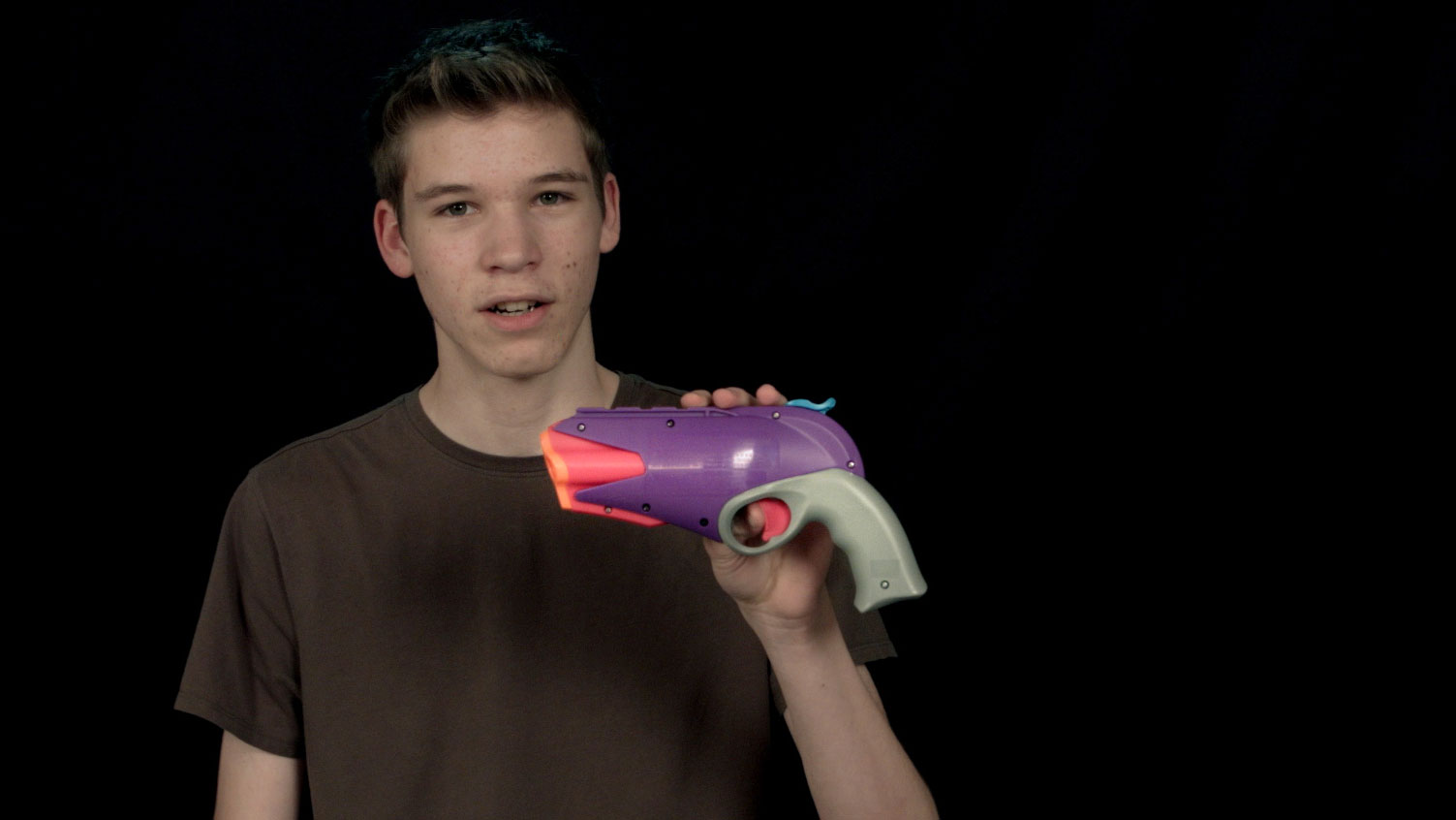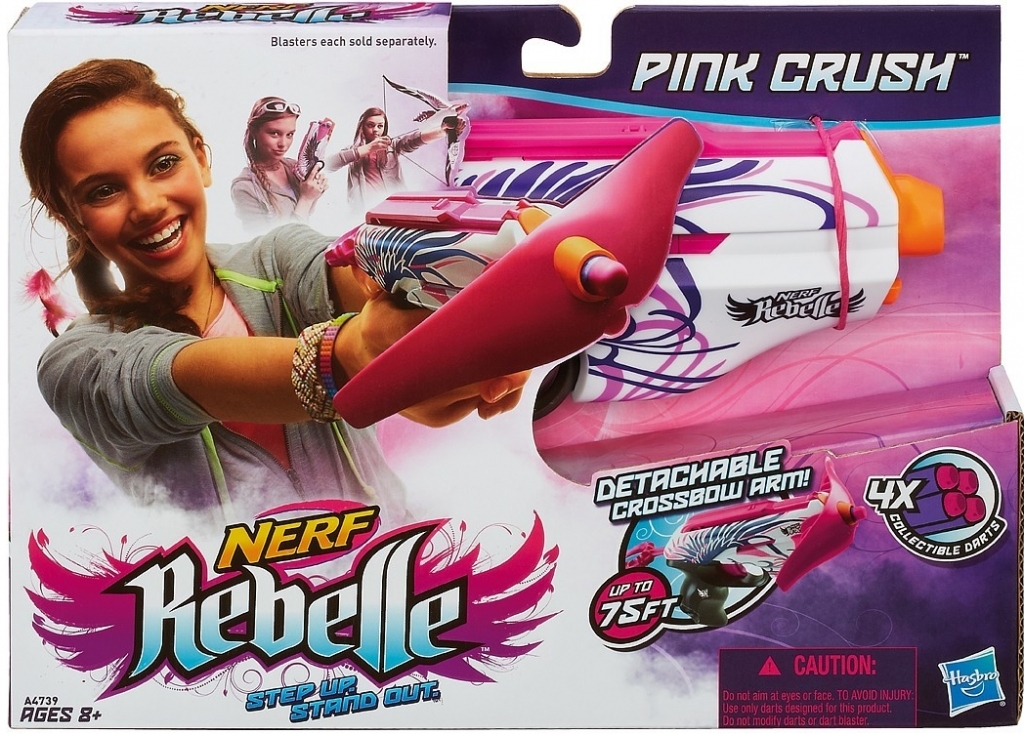

As I also said, ALL Nerf blasters only include the number of darts that are normally stored on or in the blaster itself (other than a couple of single shot blasters that might include an extra dart or two).

Here's a link though to one of the several highly respected Nerf blogs that has info on the Rebelle line: As you can see there, there are several different Rebelle blasters coming out, and not all of them only include 2 darts. I'm also very curious to see if Rebelle toys can shoot regular, non-Rebelle, non-collectible darts.Īs I said, this info is readily available with a quick Google search. I'd be interested to see how this compares with the average, and how (or if) it affects gameplay, puts Rebelle owners at a disadvantage, etc. Key among which is her comparison of the number of "darts" (soft, reusable ammo that Nerf toys shoot) included with one of the Rebelle toys (Power Pair) versus Nerf (for boys) toys: 2 (per gun blaster) versus 6, and in another case 2 versus 25! Of course, there's a clear motivation for Hasbro to try its best to get players to buy additional darts (sold separately), and for the Rebelle line, they've even gone so far as to try to brand the darts themselves as "collectibles." But 2 darts also means shorter intervals between shooting and retrieving darts (always a pain when playing Nerf), which could be significant.

Perez's analysis suggests that the Rebelle toys don't simply look different but also come with different features, which in turn impact on how they're used.

Lego for girls) line with some pretty fascinating results. I've been applying this type of analysis to my study of the Lego Friends (i.e. such as simplifying the design, making it less customizable or more fragile, or otherwise gendering it at the functional level (i.e. As feminist scholars of technology like Ellen Van Oost, Pat Kirkham and Carol Colatrella argue, for many designers and companies, re-branding a particular object specifically to girls and women (whereas previously that object was advertised as "for boys/men" or was largely non-gendered), often means changing fundamental design features as well. I'm a huge proponent of this type of design-focused analysis, because it allows us to understand how "gendering" a toy often involves a lot more than merely slapping a coat of pink paint on it. What I particularly appreciate about Perez' article (or, more accurately, image/photo essay) is that expands the critique beyond colour-coding and gendered marketing to examine the actual affordances of the toys themselves. While revisiting Rebelle this week, my student pointed me toward a short but compelling article by Ashley Perez on Buzzfeed. Finally, it seemed that the company might actually be starting to realize that (some) girls like to get their warrior on and engage in backyard battles just as much as (some) boys do. "yet another example of gendered toy design, although admittedly Hasbro's Rebelle nerf-bow does LOOK pretty cool" Above all, I liked how the Rebelle signified a departure from Hasbro's usual approach when it comes to NERF guns, in which the product designs, packaging and marketing all try to make it very clear to consumers that these toys are "meant for" boys. Admittedly, my initial reaction to the toy line was somewhat mixed. Clearly a response to the recent Brave and Hunger Games-inspired boom in the popularity of archery among tween and teen girls, the Rebelle brand includes girl-targeted bows, crossbows and guns or "blasters," adorned in pink and purple and sporting pseudo-"tough girl" names like Heartbreaker and Pink Crush. One of my awesome iSchool MI students/RAs reminded me about the highly gendered Hasbro "Rebelle" Nerf-for-girls line this week (depicted in the ad above), which motivated me to revisit the toy and some of the criticisms that have emerged around its aesthetics and design since the product was first announced back in February (2013).


 0 kommentar(er)
0 kommentar(er)
